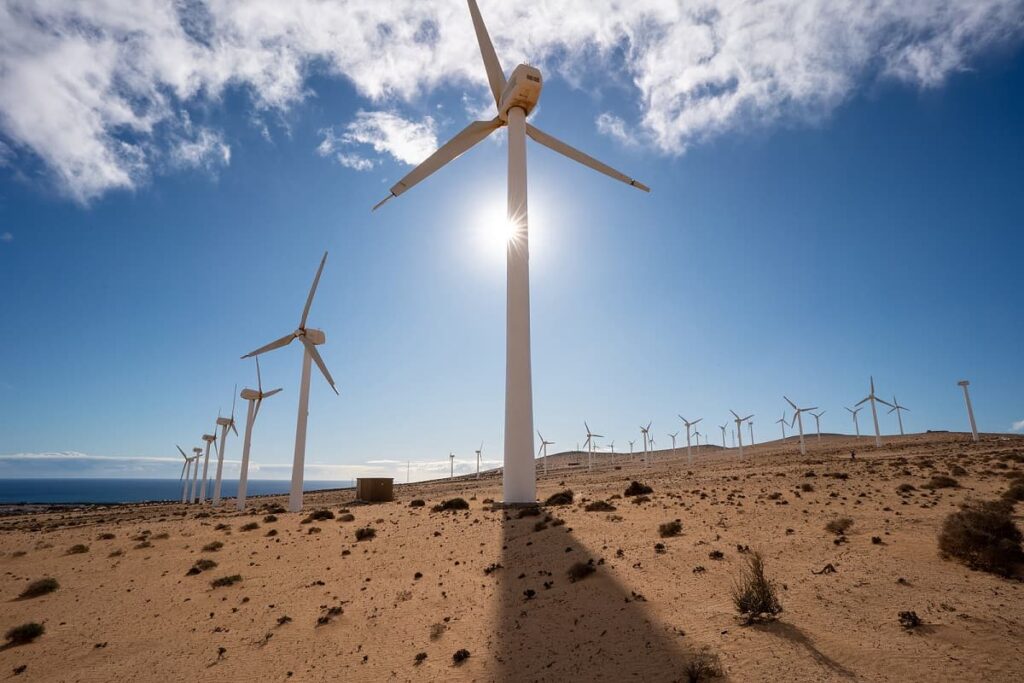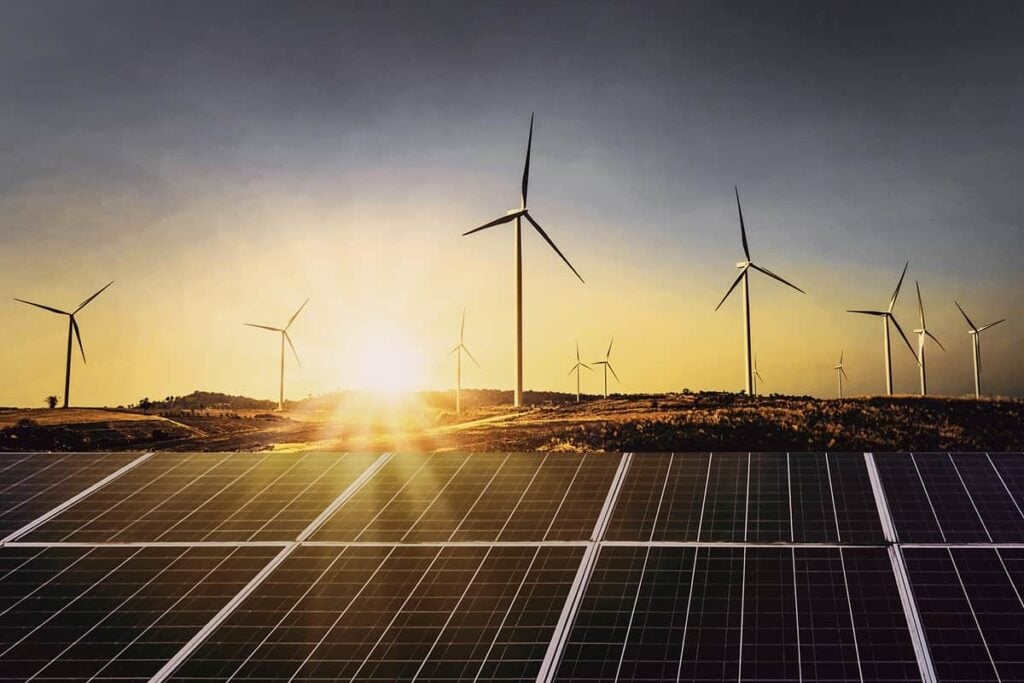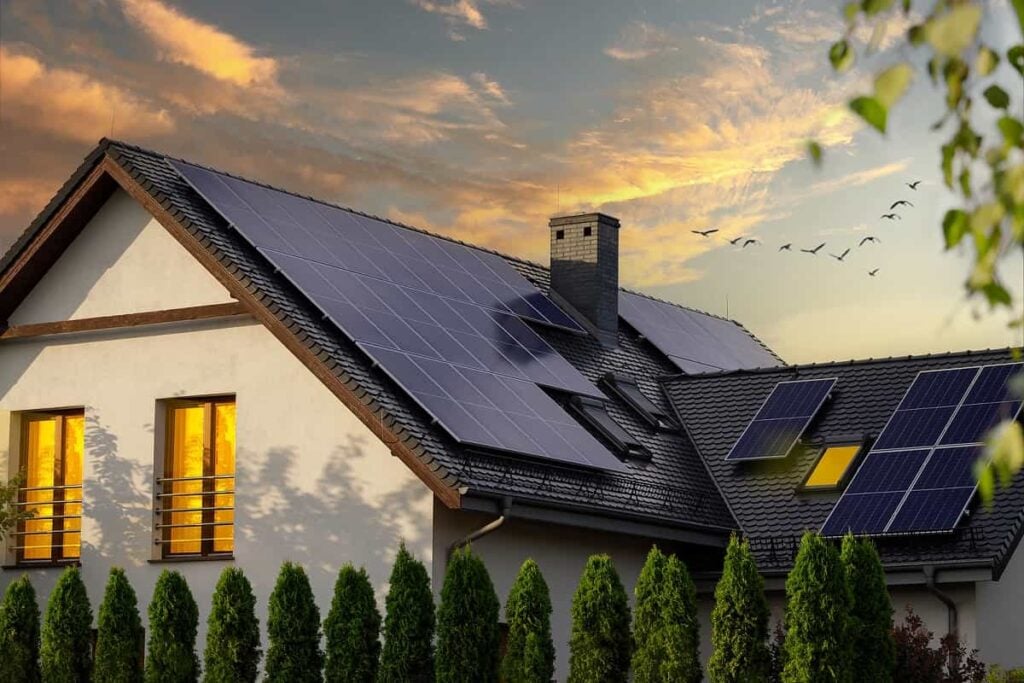Energy Vault Stock: Gravity Storage Using Giant Bricks
Table of contents

You can tell when people have too much money because they’re willing to invest in businesses that plan to lose money for a long, long time, especially when it comes to the green economy. For example, we just read about a company called Climeworks that recently opened a new carbon capture facility in Iceland. The article noted that the cost to Climeworks to pull carbon dioxide out of the air and sequester it is about $600 to $800 per metric ton, far from the $100 to $150 per ton necessary to turn a profit without government subsidies. That’s the big reason why we won’t invest in even the best (and only) carbon capture stock on the public markets.
Energy storage for the grid is another ESG feel-good green tech theme that our readers have expressed interest in. Similarly, we haven’t found a grid energy storage stock worth our time, including anything to do with lithium mining. (That said, we are holding one battery stock.) The latest energy storage company preparing to go public, Energy Vault, puts a new spin on an old gravity storage technology by shuffling giant bricks up and down to mimic a pumped hydro storage system. Is it crazy enough to work or just crazy?
About Energy Vault Stock
Founded in 2017, the Swiss startup has raised $230 million, including a $100 Series C just last month before announcing this month it would merge with a special purpose acquisition company (SPAC) called Novus Capital Corporation II (NXU) at a value of $1.1 billion. We always preface all SPAC stock analyses with the fact that we refuse to invest in any backdoor deal with a blank check company until the final transaction goes through and we finally get a chance to look at the financials rather than a fancy investor deck. In the case of Energy Vault, the company has no revenues to report until 2022 (in theory), and we don’t invest in pre-revenue companies. So, we’re already in double jeopardy with Energy Vault.
Still, it’s our mission at Nanalyze to give “voice to great ideas of the future” (and call out the BS when we see it). Energy Vault certainly appeals to our hope that disruptive technology can help change the world for the better. We’re especially encouraged that the world’s most valuable energy company, Saudi Aramco (2222.SR), is a primary investor in Energy Vault’s technology. Presumably, the oil tycoons from the desert see potential in the technology. So let’s start with Energy Vault’s unique energy storage solution for the grid.
Another Brick in the Wall
We briefly profiled Energy Vault in our article about different types of energy storage systems for the electrical grid a few months ago. The deal with alternative energy like solar and wind is that if you don’t use it, you lose it – unless you can store it. The market need for long-duration energy storage – defined as systems that can store energy for more than 10 hours at a time – will become increasingly important as the world shifts to renewables. Groups like the International Renewable Energy Agency project that renewables will make up 90% of power generation by 2050. Meanwhile, the International Energy Association estimates that the world will need 266 GW of storage by 2030, up from 176.5 GW in 2017. Here are some more stats (cherry-picked) by Energy Vault:

Energy Vault’s energy storage technology for the grid is based on the same principles as pumped storage hydro (PSH) plants, which rely on the power of gravity and the movement of water to store and discharge electricity by powering a turbine. Fun fact: Switzerland was one of the first countries to employ PSH technology in the 1890s. Today, pumped hydro accounts for 90% or more of the world’s current energy storage, though the percentage is expected to decrease as alternative energy storage systems such as large-scale lithium battery grid storage come online.

Energy Vault’s technology is based on the gravitational physics of PSH plants, but replaces water with giant, custom-made composite blocks and a crane system that uses machine vision and AI-powered software to orchestrate the automatic lifting and lowering of the blocks. Potential energy is stored while the blocks are at height and then discharged as the blocks are lowered by turning large motors that generate and dispatch electrical energy. Of course, it requires energy to lift the bricks to “recharge the system,” which Energy Vault uses during periods when electricity generation from renewables exceeds the grid demand.

An ESG bonus: The blocks are made from locally sourced soil and sand, as well as different waste materials, from coal combustion residuals to discarded wind blades from wind turbines.
Commercialization
One obvious advantage is that these energy storage systems don’t need to be located near any sort of waterway, which probably explains why the princes of the desert are interested. Instead, they would be co-located with renewable energy systems like solar and wind. The company’s first 5M commercial-scale system was connected to the Swiss national utility grid last year, though it mainly serves as a proof of concept:

Energy Vault recently unveiled, in collaboration with Saudi Aramco, a new modular design that incorporates its core technology into a more compact architecture that is 40% lower in height. The EVx platform is “forecasted to have a 35-year technical life, 80-85% round-trip efficiency, and flexibility to address the need for both higher power and shorter duration storage applications.” EVx does not need an HVAC system to operate nor is it limited by temperature extremes, so that must have been another big selling point for Saudi Aramco, which realizes you can’t air condition the entire Middle East as if it were one giant mall.

It still uses the same eco-friendly blocks to store and release energy.
Should You Buy Energy Vault Stock?
You can probably guess the answer to this question already, but let’s work it out anyway. On the pro side, Energy Vault claims to be more economically viable than lithium-ion battery grid technology, which now accounts for more than 90% of the global and domestic battery markets. Of course, that’s based on a third-party analysis from one of the top three (unnamed) U.S. utility companies:

You probably can’t read the fine print on this slide that reads price parity is not expected until after 2030. That seems a bit problematic, given that over the last decade “a surge in lithium-ion battery production has led to an 85% decline in prices, making electric vehicles and energy storage commercially viable for the first time in history.” Who knows how the energy storage market will respond in another 10 years while Energy Vault tries to catch up to the leading technology of the day?
Then there’s the sticky issue of revenue. Energy Vault has none, but we do hear it has a “strong pipeline of customer engagements and letters of intent for its new platform, including eight executed agreements and letters of intent totaling more than 1,200 MW hours of storage” and about $368 million in sales. That and $5 will get you a latte at Starbucks (before tax and tip). In other words, Energy Vault is asking retail investors to bet their hard-earned money on a lot of handshake deals. Revenue may start trickling in by 2022, we’re told, climbing quite dramatically from a projected $148 million next year to an amazing $2.8 billion by 2025 (and reaching profitability the year before in 2024). Energy Vault plans to generate revenue through both customer- and company-owned energy storage facilities:

If the optics on the economics here seem a little rose colored, welcome to the world of SPACs. Energy Vault stock is meant for investors hungry to support a cause, not a cash cow.
Conclusion
So far, we haven’t seen the sort of bump in green energy stocks that many expected with the regime change in the United States earlier this year. The biggest renewable energy company in the world, NextEra Energy (NEE) is up only +9.6% for the year, compared to +16.5% for the Nasdaq. Of course, the world is bigger than the United States, and the appetite is growing for solutions like that offered by Energy Vault, as nations transition to renewables. The newly combined company, if the deal goes down (expected in the first quarter of 2022), will be listed on the NYSE. Investors will know the deal is complete when the ticker symbol changes from NXU to NRGV.
Sign up to our newsletter to get more of our great research delivered straight to your inbox!
Nanalyze Weekly includes useful insights written by our team of underpaid MBAs, research on new disruptive technology stocks flying under the radar, and summaries of our recent research. Always 100% free.
















It is wordplay. There will be less energy produced than used to raise the mass.
Forms of energy should not be termed “renewable” or “recyclable.” Their discovery would allow for perpetual motion. The words are properly used to describe materials such as scrap. My two suggested terms t for replacement of the misleading properties are extraterrestrial or spaceborne. Looking for others. “Solar” and “Sun” also include reflected energies, but not those that reach us from the rest of the Universe. We have yet to renew a single kilowatt of expended electricity. That energy has shifted to another state according to Newton.
You’re absolutely correct on the semantics. But the term “renewable energy” does something your suggested terms don’t. It makes people feel good about themselves, and we all know the worst possible thing you can do these days is make someone feel bad about themselves, which is resulting in a generation of weak people who don’t know how to fight for things.
You could take a look at Azelio. That’s a swedish company, which claims to be “The game-changer in renewable energy storage”. They are using aluminium to store energy and a stirling engine to provide energy.
Thank you for the heads up! They appear to be pre-revenue. We’ll take a look when they clear meaningful revenues – at least $10 million USD in a single year.
Ticker: NRGV.
Original share price was $10, it went to over $21 in April, now $2.9.
Wow. We don’t think this method will fly and have had some conversations with subject matter experts (self described mind you) who mimicked that opinion.
Yesterday Energy Vault was +35% ($4.8) on the news: it revised full year 2022 revenue range to $142 – $152 million from previous $75-100 million. Re-affirming 2-year aggregate revenue guidance of approximately $680 million for combined full year 2022 and full year 2023. Market cap: $663M.
Energy Vault offers long-duration storage (LDES) and short-duration storage (SDES).
LDES is based on a gravitational system that lifts 10-ton blocks with excess energy. SDES is based on battery systems.
In addition, Energy Vault offers software solutions to interconnect and optimize systems.
I just noticed the article says the ticker will be GWHR, while it should be: NRGV.
Good catch, thank you! Fixed.